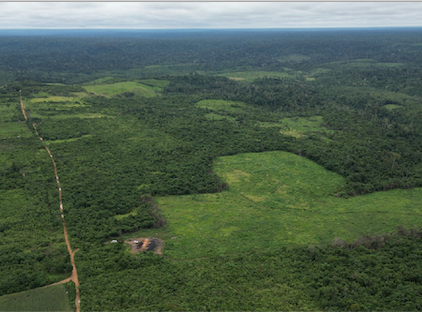WE DEFEND THE FORESTS AND PEOPLES OF THE AMAZON
The Amazon is rich: in water, forests, biodiversity, mineral resources, and environmental services. But the Amazon is also inhabited. It has been for millennia, and even more so today, after reaching almost 50 million inhabitants.
Long-term conservation of the forest and the diversity of its ecosystems is only possible with the participation of its inhabitants. Because of the presence of people, traditional communities, and indigenous peoples, it is vital to harmonize environmental protection needs with anthropogenic needs.
For this reason, Amazônia is concerned with conservation and sustainable development.

Our commitment is to keep
Keep the forest standing, with the biodiversity, culture, and customs of the forest peoples intact.
how we do it
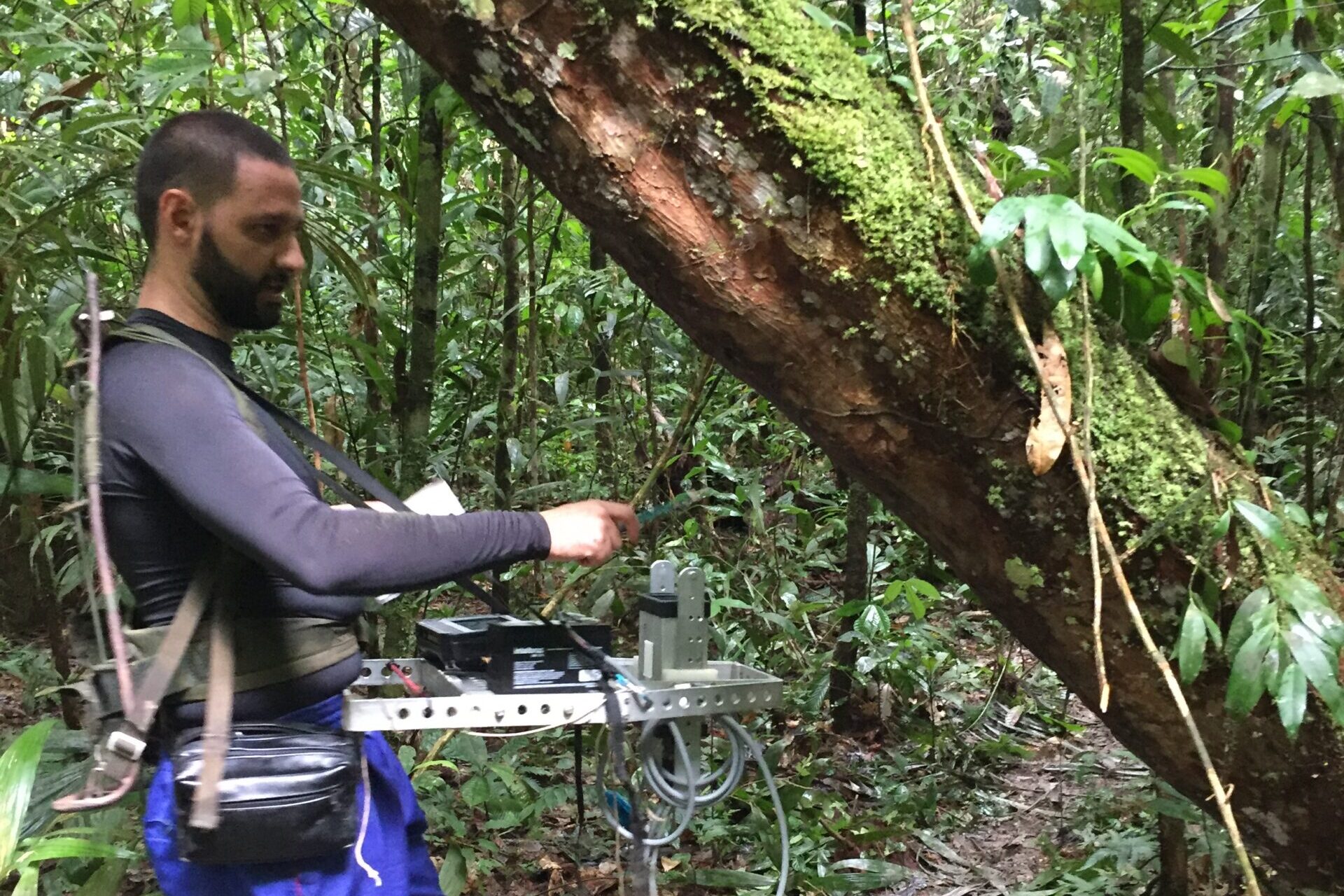
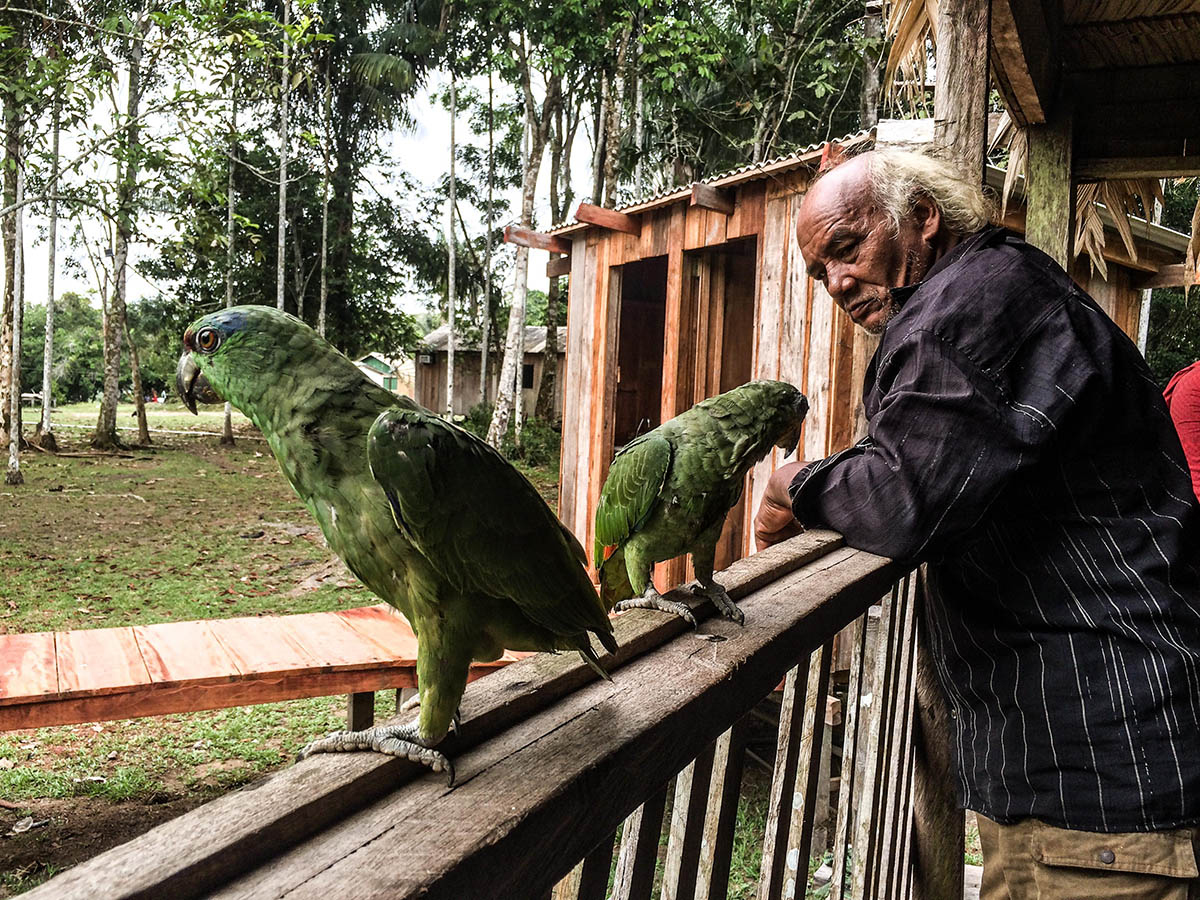
JAUAPERI EXTRACTIVE RESERVE
Long-term protection, together with the peoples of the forest
and more...
DRONES against FIRE
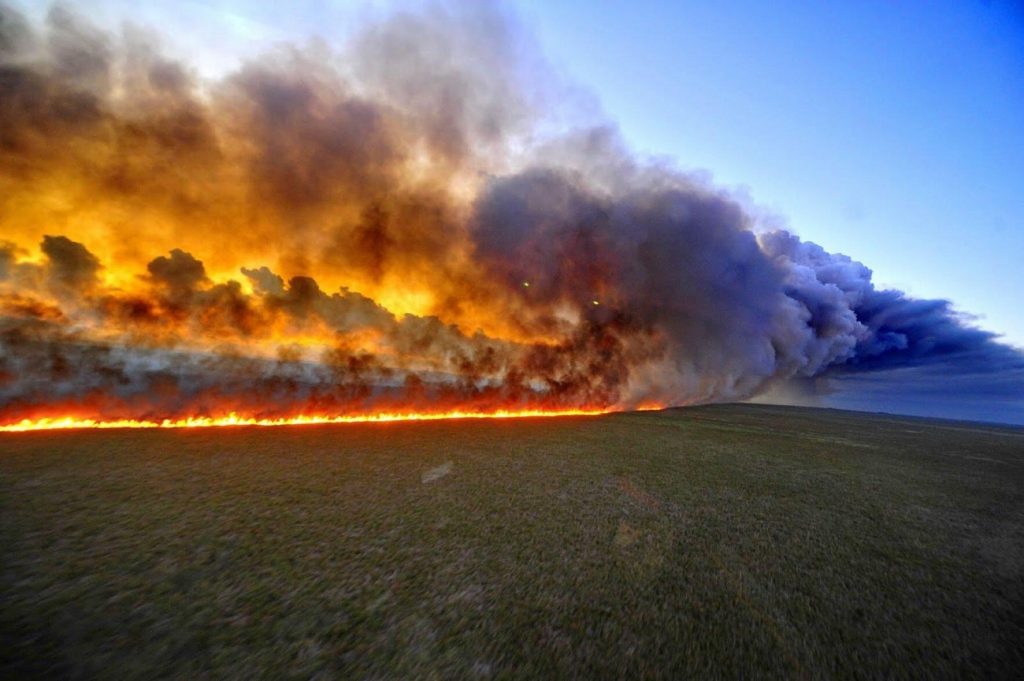
Every year the Amazon is hit by devastating fires, which put the planet’s biodiversity and climate balance at risk. At the same time, the rise in temperatures, caused by the same climatic chaos, reduces natural humidity and weakens the resilience of the forest, favoring the development of outbreaks. That is an even more serious emergency in remote areas of the Amazon, where the peoples of the forest have to face the flames alone and with little means, digging trenches and fire lines, smothering the flames with the earth and removing combustible vegetation. A hard and often in vain battle. Timely detecting fires is crucial and, for this reason, the use of drones has proven to be highly effective.
Along with our partner Amazon Charitable Trust, ee have been collaborating with the Universities of Amazonas and Southampton since 2019 to explore forest materials for use in the development of drones for forest monitoring and fire management. In this case, in addition to environmental conservation, the initiative will allow for professional training of young local people, with the prospect of work within the Reserve as a result.
REDD Readiness
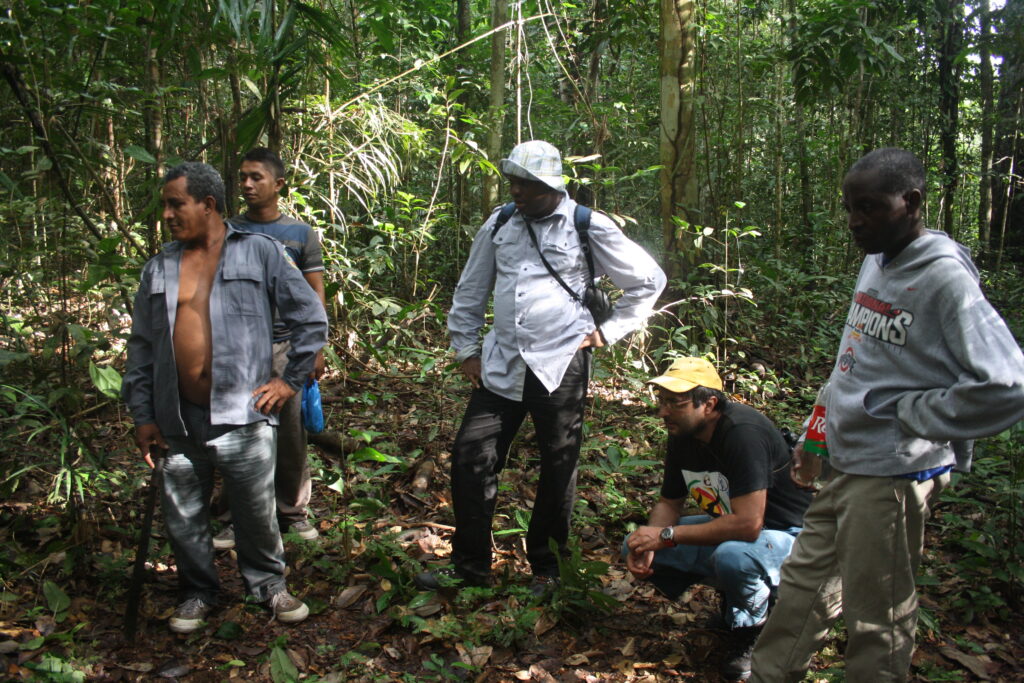
Preparing the peoples of the forest for emerging markets is part of our mission. Among others, new income and development opportunities also come from the greenhouse gas emission allowance market.
With great potential, REDD + is presented as a new strategy to attribute economic value to carbon stored in forests. The mechanism, whose acronym stands for Reduction of Emissions from Deforestation and Forest Degradation, allows companies and governments to offset a small part of their CO2 emissions by supporting forest conservation. Preventing deforestation is equivalent to preventing the emission of carbon dioxide, thus generating carbon “credits”.
With the Getting REDDy project (Preparing for REDD), Amazonia and the Science Museum of Trento have brought training on the subject, concrete benefits and the protection of 3,600 hectares of tropical forest in the Amazon and Tanzania. The project allowed the offsetting of 50,000 tons of CO2e, the strengthening of production chains in the Amazon and conservation agriculture in Africa, improving the quality of life of native populations.
TURTLES
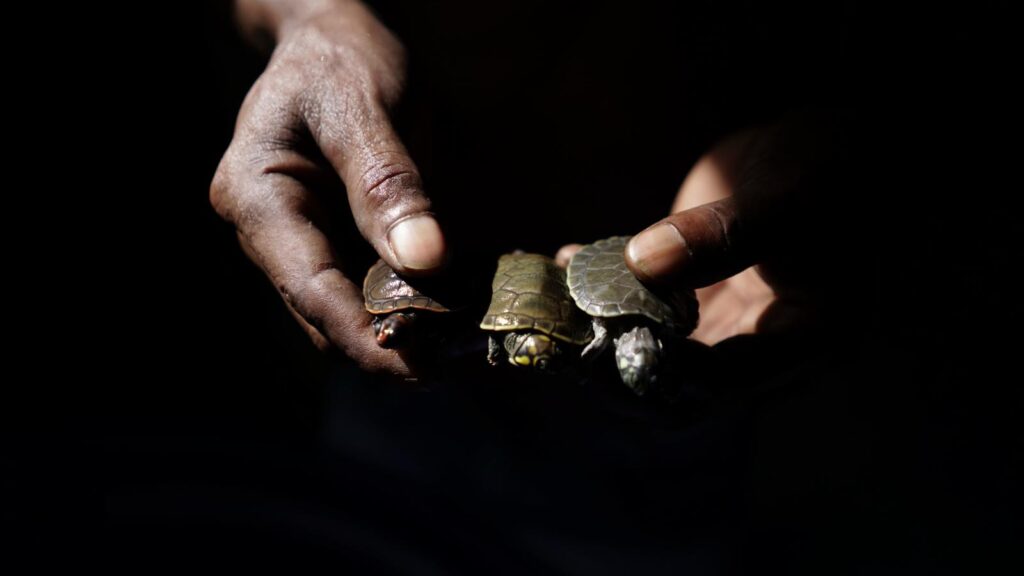
Protecting the biodiversity of tropical ecosystems means ensuring the survival of the species that live there, many of which are at risk of extinction. Amazonian turtles are among these and to defend them Amazônia has joined the Brazilian program for the protection of river turtles, supporting conservation actions in favor of five 5 endemic species. All of them grow and mature slowly, which is why they are extremely vulnerable to hunting and egg-gathering (illegal) but also to pollution, habitat loss and the construction of dams, which can cause flooding of nesting sites. In the Jauaperi Extractive Reserve, in collaboration with local communities and local organizations AARJ and Vivamazonia, actions of active surveillance of breeding beaches, egg protection and hatching control allow the release of thousands of young in the wild every year. From 2017 to 2020 Amazônia offered an important sustainable income opportunity to the reserve’s families, discouraging poaching and illegal trafficking of endangered species.

